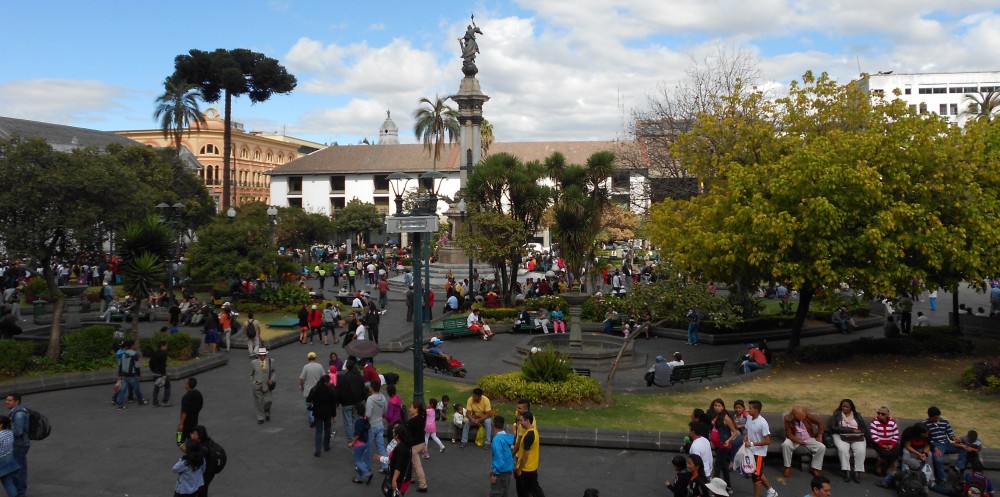The two articles of this week, Lieutenant Nun and Casta Paintings, give two narratives that provide insight into the imaginaries that people had and created during the colonial period. In Lieutenant Nun, we have a first-hand account of the common view on gender and sexuality. Carolina, better known as Antonio, Alonso Dias or Francisco, is a transgender individual who breaks traditional gender views to blossom into their true self. The article Casta Paintings gives us insight into the different races and the common stereotypes attached to them. For instance, the casta paintings depict various casts and their assumed labor type.
I found the reading Lieutenant Nun particularly interesting to think about given that we often lose the stories of individuals who fall out of the “ordinary” – women, Indigenous peoples, or transgendered individuals alike. There are many his/her-stories missing from our education, and therefore accounts such as Catalina’s are precious. If today society is still struggling to accept sex and gender differences, imagine what is would have been like four hundred years ago. The social and cultural issues that we address today are not much different than the ones from the past. I believe that accounts on how these issues were dealt with in the past inform how we are and how we should deal with these issues today. Catalina’s story was very powerful, not only because they defied the covenant, but also because they rose in power as a disguised young man. Society did not accept whom they identified as, so Catalina took it upon themselves to leave what they were familiar with and journey into anything and any place that crossed their path.
While Lieutenant Nun addresses sex and gender issues, Casta Paintings depicts social and racial discrimination during the colonial periods. The paintings clearly illustrate the hierarchies that arose from the Europeans and the locals, and the inter-racial mixes between them. Colonial stories often portray the racial discrimination felt between the different casts of the time. However, the Casta Paintings article gave me insight into how these racial imaginaries were sustained throughout history, up until today. Paintings are just another daily reminder of who is on top, who is on the bottom of the socio-racial hierarchy, and their attached roles in society – a Spanish man is a professional while an Indian is a food vendor. The importance of these imaginaries is particularly seen through Dr. Andres Arce y Miranda’s reaction to caste paintings. He is deeply concerned with how creoles (Mexican-born children of Spanish parents) are depicted in these paintings. He wants to assure the Spanish people that creoles are not mixed race.
